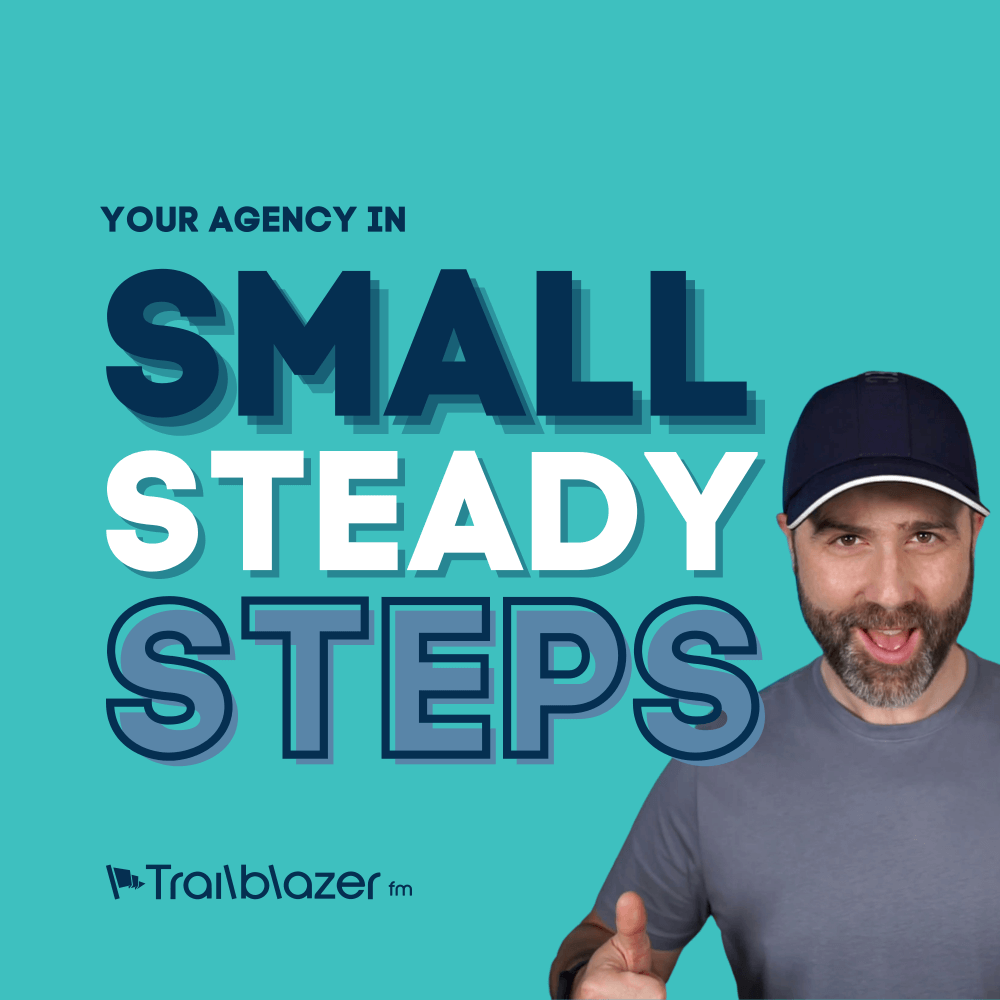
How to structure a discovery meeting
With any project, it’s essential to go through and plan what it is that you need to deliver for the client. This therefore requires you to hold a discovery meeting.
Now discovery meetings can seem like rocket science. But if you break it down into these essential ingredients, then I assure you, you will have an organized and planned discovery meeting that will allow you to create a document that you can quote on and deliver upon.
Terms
You’re going to want to work out terms that your clients use in their industry. So that’s the phrases, acronyms and buzzwords, that they use. What are they, what do they mean and what context are they used in?
This means you’re talking in their language, and there is no room for confusion, or potential misunderstandings in the future, when you are laying out the documentation.
Users
Once you’ve got these terms together, then go ahead and look at all of the users who are going to be involved in this project.This would include all touch points including end users such as the visitors of the website right through to the administrator who is going to be processing data. You could even be including accountants and HR people, or marketing team members, depending on whom is going to be touched by the solution that you are creating.
Journeys
Now that we understand our users, for each user, we want to know what journeys they are going to be going on. Per user we can create a list of “one-liner” journeys they will be embarking upon.
For example, a site visitor may wish to purchase a product. Other journeys they may go on could include subscribing to a newsletter, or making a product inquiry.
Actions
Each journey will need to be broken down into actions. This can form a bulleted list of steps along that journey and will help you understand what will need to be put in place. It will also help you highlight what might be missing from the initial brief/scope.
Some of your actions and journeys will end up overlapping or relating to each other. Be sure to reference other related journeys where appropriate.
Documentation
For our discovery processes we utilize a database we designed in Airtable that allows us to structure all of this information and output a document that breaks down each journey. We then break these down into agreed phases and set an agreed budget with the client for each phase.
If you would like to learn how we document our discovery and benefit from our swipe files the check out the “Project Discovery Blueprint“.








